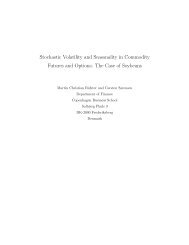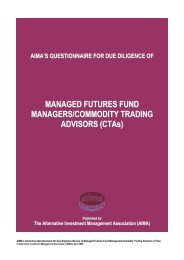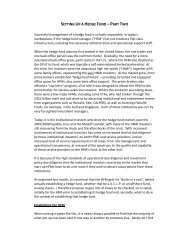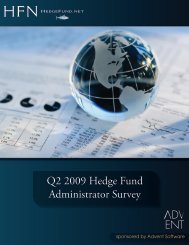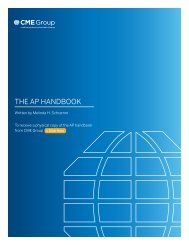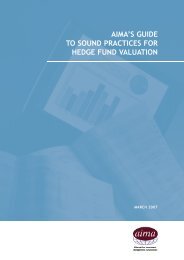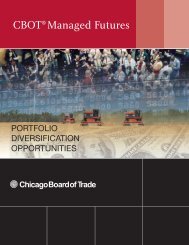Lintner Revisited: A Quantitative Analysis of Managed ... - CME Group
Lintner Revisited: A Quantitative Analysis of Managed ... - CME Group
Lintner Revisited: A Quantitative Analysis of Managed ... - CME Group
Create successful ePaper yourself
Turn your PDF publications into a flip-book with our unique Google optimized e-Paper software.
As the world’s leading and most diverse derivatives marketplace, <strong>CME</strong> <strong>Group</strong> (www.cmegroup.com)<br />
is where the world comes to manage risk. <strong>CME</strong> <strong>Group</strong> exchanges <strong>of</strong>fer the widest range <strong>of</strong> global<br />
benchmark products across all major asset classes, including futures and options based on interest<br />
rates, equity indexes, foreign exchange, energy, agricultural commodities, metals, weather and real<br />
estate. <strong>CME</strong> <strong>Group</strong> brings buyers and sellers together through its <strong>CME</strong> Globex electronic trading<br />
platform and its trading facilities in New York and Chicago. <strong>CME</strong> <strong>Group</strong> also operates <strong>CME</strong> Clearing,<br />
one <strong>of</strong> the largest central counterparty clearing services in the world, which provides clearing and<br />
settlement services for exchange-traded contracts, as well as for over-the-counter derivatives<br />
transactions through <strong>CME</strong> ClearPort. These products and services ensure that businesses<br />
everywhere can substantially mitigate counterparty credit risk in both listed and over-the-counter<br />
derivatives markets.<br />
ABSTRACT:<br />
<strong>Managed</strong> futures comprise a wide array <strong>of</strong> liquid, transparent alpha strategies which <strong>of</strong>fer institutional<br />
investors a number <strong>of</strong> benefits. These include cash efficiency, intuitive risk management, and a<br />
proclivity toward strong performance in market environments that tend to be difficult for other<br />
investments. This paper revisits Dr. John <strong>Lintner</strong>’s classic 1983 paper, “The Potential Role <strong>of</strong> <strong>Managed</strong><br />
Commodity-Financial Futures Accounts (and/or Funds) in Portfolios <strong>of</strong> Stocks and Bonds,” which<br />
explored the substantial diversification benefits that accrue when managed futures are added to<br />
institutional portfolios. As Dr. <strong>Lintner</strong> did, it analyzes the portfolio benefits that managed futures<br />
<strong>of</strong>fer through the mean-variance framework, but it draws on more complete techniques such as the<br />
analysis <strong>of</strong> omega functions to assess portfolio contribution. The paper also conducts a comparative<br />
qualitative and quantitative analysis <strong>of</strong> the risk and return opportunities <strong>of</strong> managed futures relative<br />
to other investments, and includes a discussion as to why managed futures strategies tend to perform<br />
well in conditions that are not conducive to other investment strategies. It provides an overview <strong>of</strong><br />
the diversity <strong>of</strong> investment styles within managed futures, dispelling the commonly held notion that<br />
all CTAs employ trend following strategies. Finally, it highlights the opportunities the space <strong>of</strong>fers<br />
to pension plan sponsors, endowments and foundations seeking to create well-diversified, liquid,<br />
transparent, alpha generating portfolios.<br />
Dedicated to the late Dr. John <strong>Lintner</strong>


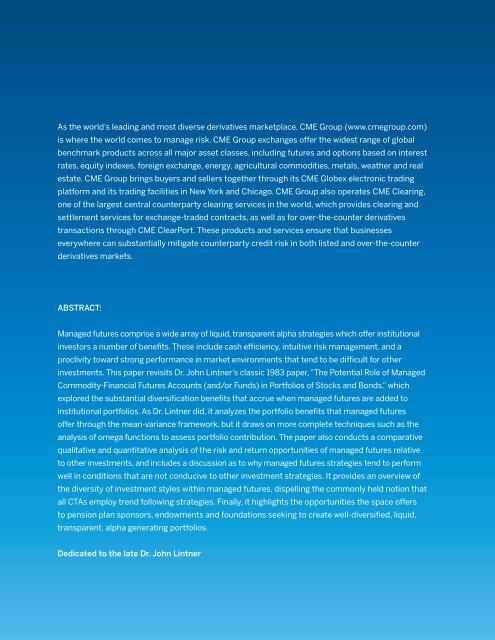
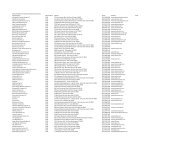
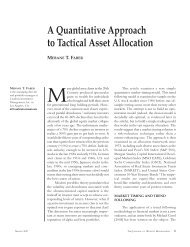
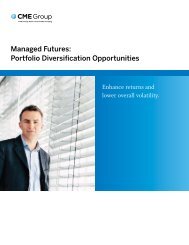
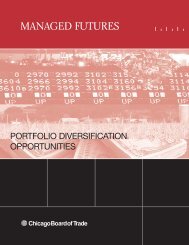
![Definitions & Concepts... [PDF] - Cycles Research Institute](https://img.yumpu.com/26387731/1/190x245/definitions-concepts-pdf-cycles-research-institute.jpg?quality=85)
